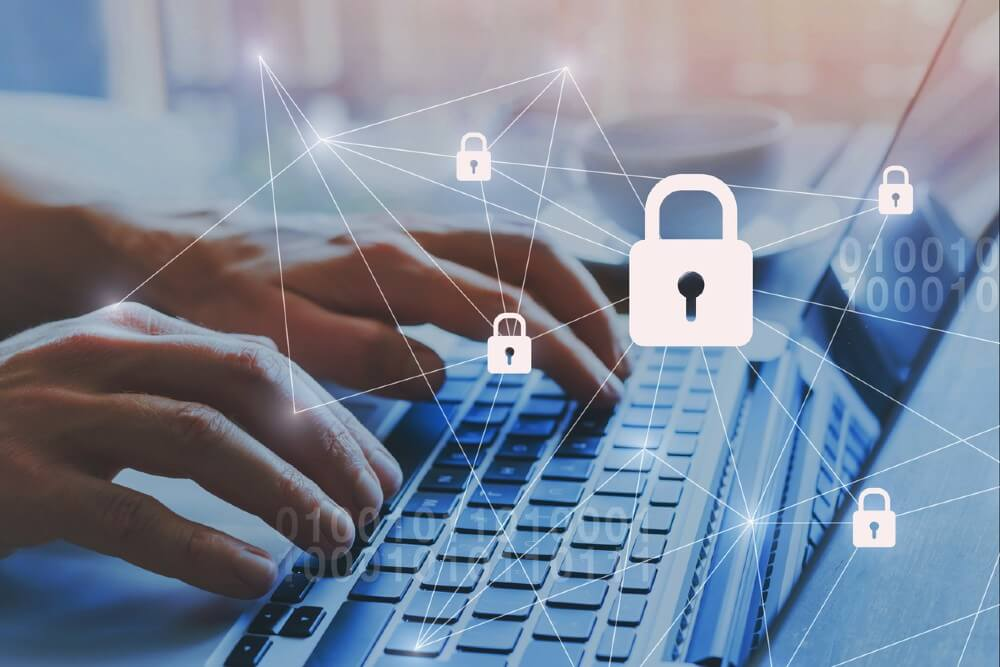24/7 SOC Services
24/7 SOC (Security Operations Center) Services” refers to continuous, round-the-clock monitoring, detection, and response to security threats across an organization’s IT infrastructure. A team of security experts operates the SOC 24 hours a day, 7 days a week, utilizing advanced tools and technologies to identify, analyze, and respond to potential cyber threats in real time. The goal of 24/7 SOC Services is to provide ongoing protection, minimize the risk of security breaches, and ensure swift mitigation of any incidents that could compromise the organization’s data, systems, or networks
- Continuous Monitoring: Constant surveillance of the organization’s IT environment to detect potential security threats or anomalies at any time, day or night.
- Real-Time Threat Detection: Utilization of advanced technologies and tools to identify and analyze security incidents as they occur, ensuring immediate awareness of potential breaches.
- Incident Response: Rapid and effective response to security incidents, including containment, eradication, and recovery actions to minimize damage and restore normal operations.
- Threat Intelligence: Ongoing collection and analysis of threat data from various sources to stay informed about emerging threats and vulnerabilities, enhancing proactive defense strategies.
- Advanced Analytics: Use of sophisticated analytics and correlation techniques to identify patterns and trends that might indicate security risks or breaches.
- Expert Analysis: A team of skilled security professionals available around the clock to interpret data, investigate incidents, and provide expert guidance and support.
- Security Event Management: Centralized management of security events and alerts, ensuring that all relevant information is aggregated, analyzed, and acted upon efficiently.
- Forensic Analysis: Post-incident investigations to determine the cause and impact of security breaches, providing insights for improving future security measures.
- Compliance Monitoring: Ensuring that security practices align with industry standards, regulations, and organizational policies to maintain compliance and reduce risk.
- Reporting and Documentation: Detailed logging and reporting of security events, incidents, and responses for accountability, analysis, and compliance purposes.
- Threat Mitigation: Implementation of preventive measures and security enhancements based on observed threats and vulnerabilities to strengthen the organization’s overall security posture.
